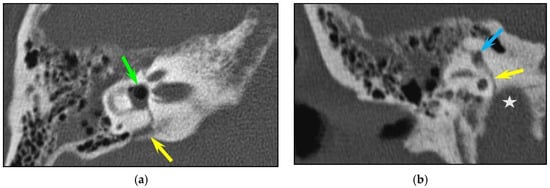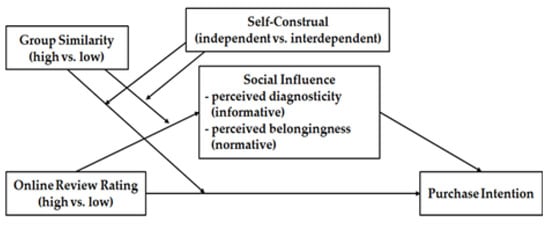The inhalation of gasoline vapors (GV) is associated with developing various pathologies. Particularly, oil refinery and gas station workers are at a greater risk of developing lung cancer, kidney cancer, bladder cancer, and hematological disorders, including acute myeloid leukemia. Therefore, preventing the harmful
[...] Read more.
The inhalation of gasoline vapors (GV) is associated with developing various pathologies. Particularly, oil refinery and gas station workers are at a greater risk of developing lung cancer, kidney cancer, bladder cancer, and hematological disorders, including acute myeloid leukemia. Therefore, preventing the harmful effects of GV and alleviating their consequences appear to be important and timely issues. In this study, we investigated the potential of vitamin D
3, turmeric powder, and their combination to ameliorate the toxicity of gasoline fumes in rats. Separate groups of animals fed with a standard rodent diet, with or without the supplementation of vitamin D
3 (750 IU/kg body weight) and/or turmeric powder (0.5%,
w/
w, in food), were untreated or treated with GV (11.5 ± 1.3 cm
3/h/m
3/day) for 30, 60, or 90 days. Changes in the body weight were monitored weekly. Histological, biochemical, and hematological parameters were determined at the end of each treatment period. While the exposure of rats to GV resulted in a time-dependent reduction in body weight, supplementation with vitamin D
3, but not with turmeric root powder or their combination, partially prevented weight loss. Macroscopical and histological analyses showed pronounced time-dependent changes in the organs and tissues of GV-treated rats. These included alveolar wall collapse in the lungs, the destruction of the lobular structure and hepatocytolysis in the liver, the shrinkage and fragmentation of glomeruli in the kidneys, and the disorganization of the lymphoid follicles in the spleen. However, co-treatment with the nutritional supplements tested, especially vitamin D
3, noticeably alleviated the above conditions. This was accompanied by a significant improvement in the blood chemistry and hematological parameters. Collectively, our results demonstrate that the harmful effects of environmental exposure to GV can be reduced upon supplementation of vitamin D
3. The fact that the protective activity of vitamin D
3 alone was higher than that of turmeric root powder or the combined treatment suggests that combinations of these supplements may not always be more beneficial than each agent applied separately.
Full article
 IJMS
IMPACT
IJMS
IMPACT Applied Sciences
IMPACT
Applied Sciences
IMPACT Sustainability
IMPACT
Sustainability
IMPACT Sensors
IMPACT
Sensors
IMPACT JCM
IMPACT
JCM
IMPACT Materials
IMPACT
Materials
IMPACT Molecules
IMPACT
Molecules
IMPACT Energies
IMPACT
Energies
IMPACT Electronics
IMPACT
Electronics
IMPACT Remote Sensing
IMPACT
Remote Sensing
IMPACT Cancers
IMPACT
Cancers
IMPACT Nutrients
IMPACT
Nutrients
IMPACT Mathematics
IMPACT
Mathematics
IMPACT Foods
IMPACT
Foods
IMPACT Buildings
IMPACT
Buildings
IMPACT Polymers
IMPACT
Polymers
IMPACT Animals
IMPACT
Animals
IMPACT Water
IMPACT
Water
IMPACT Plants
IMPACT
Plants
IMPACT Agronomy
IMPACT
Agronomy
IMPACT Biomedicines
IMPACT
Biomedicines
IMPACT Processes
IMPACT
Processes
IMPACT Microorganisms
IMPACT
Microorganisms
IMPACT Diagnostics
IMPACT
Diagnostics
IMPACT Nanomaterials
IMPACT
Nanomaterials
IMPACT Viruses
IMPACT
Viruses
IMPACT Medicina
IMPACT
Medicina
IMPACT Healthcare
IMPACT
Healthcare
IMPACT Cells
IMPACT
Cells
IMPACT Forests
IMPACT
Forests
IMPACT Agriculture
IMPACT
Agriculture
IMPACT Land
IMPACT
Land
IMPACT JMSE
IMPACT
JMSE
IMPACT IJERPH
IJERPH
 Symmetry
IMPACT
Symmetry
IMPACT Genes
IMPACT
Genes
IMPACT Pharmaceutics
IMPACT
Pharmaceutics
IMPACT Coatings
IMPACT
Coatings
IMPACT Micromachines
IMPACT
Micromachines
IMPACT Pharmaceuticals
IMPACT
Pharmaceuticals
IMPACT Atmosphere
IMPACT
Atmosphere
IMPACT Children
IMPACT
Children
IMPACT Religions
IMPACT
Religions
IMPACT Antioxidants
IMPACT
Antioxidants
IMPACT Life
IMPACT
Life
IMPACT Metals
IMPACT
Metals
IMPACT Biomolecules
IMPACT
Biomolecules
IMPACT Vaccines
IMPACT
Vaccines
IMPACT Education Sciences
IMPACT
Education Sciences
IMPACT Minerals
IMPACT
Minerals
IMPACT Horticulturae
IMPACT
Horticulturae
IMPACT Brain Sciences
IMPACT
Brain Sciences
IMPACT JPM
IMPACT
JPM
IMPACT Bioengineering
IMPACT
Bioengineering
IMPACT






















